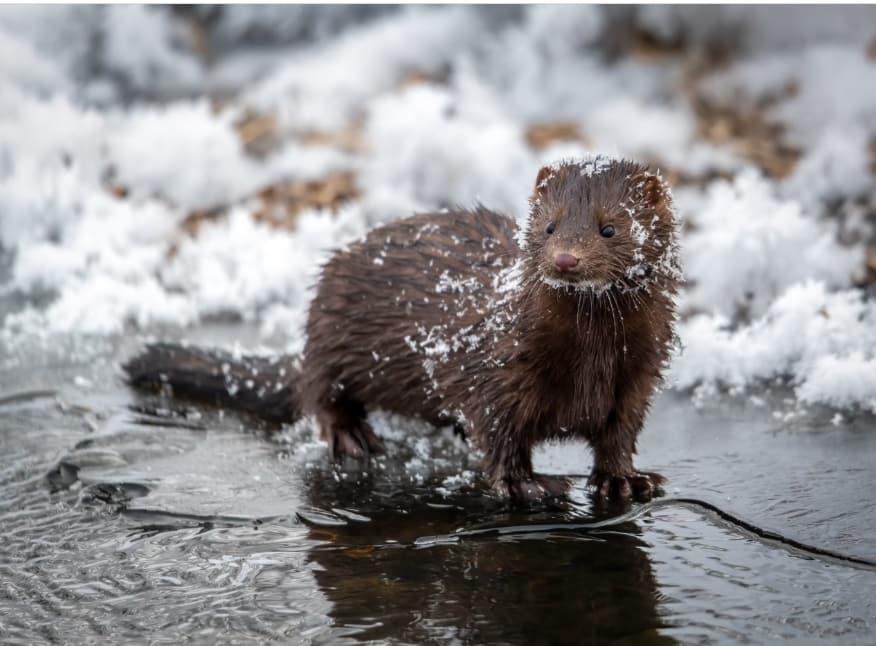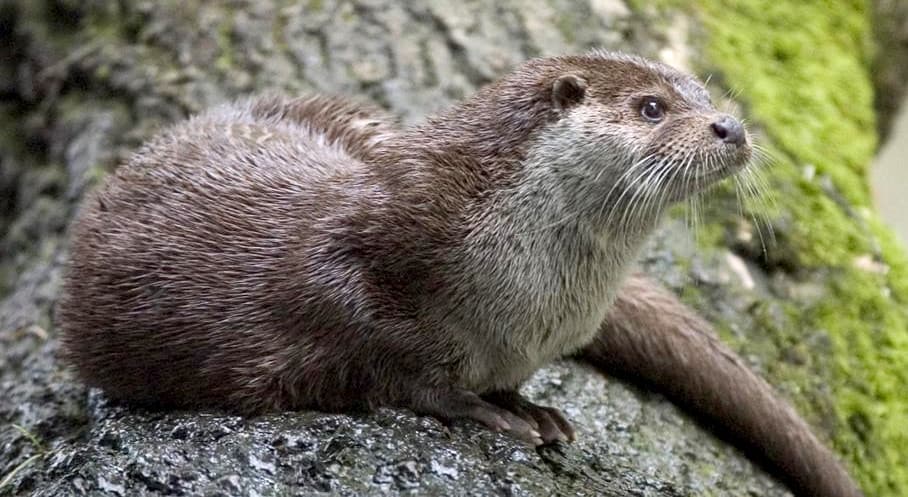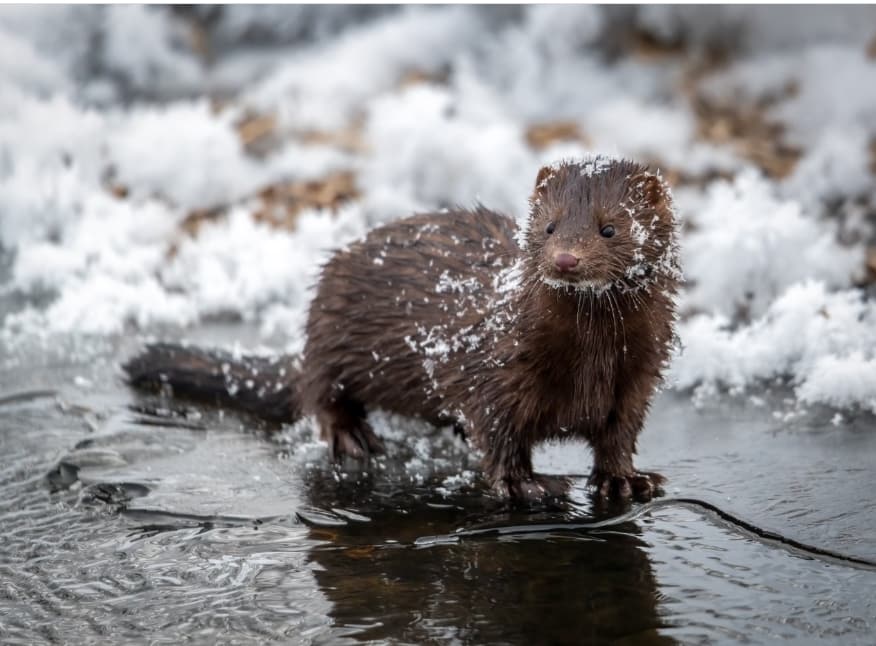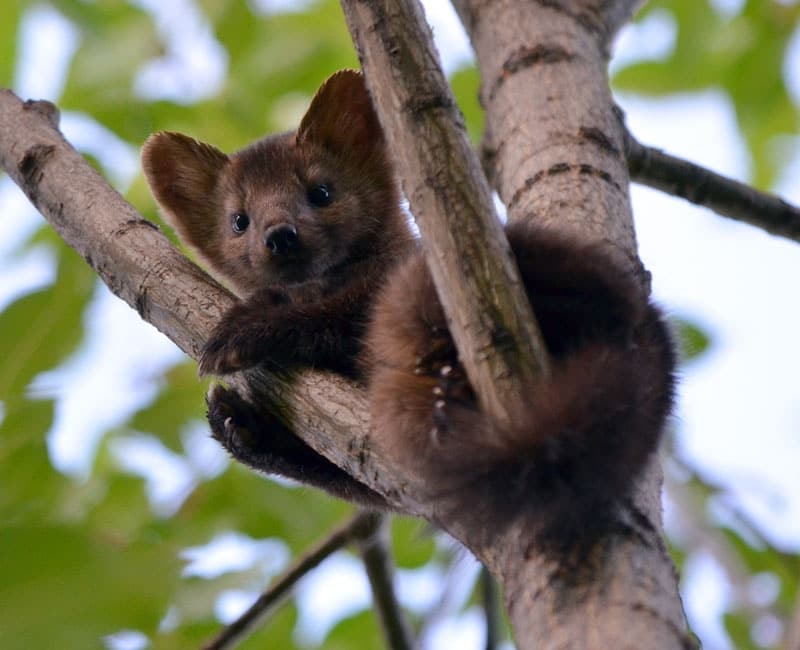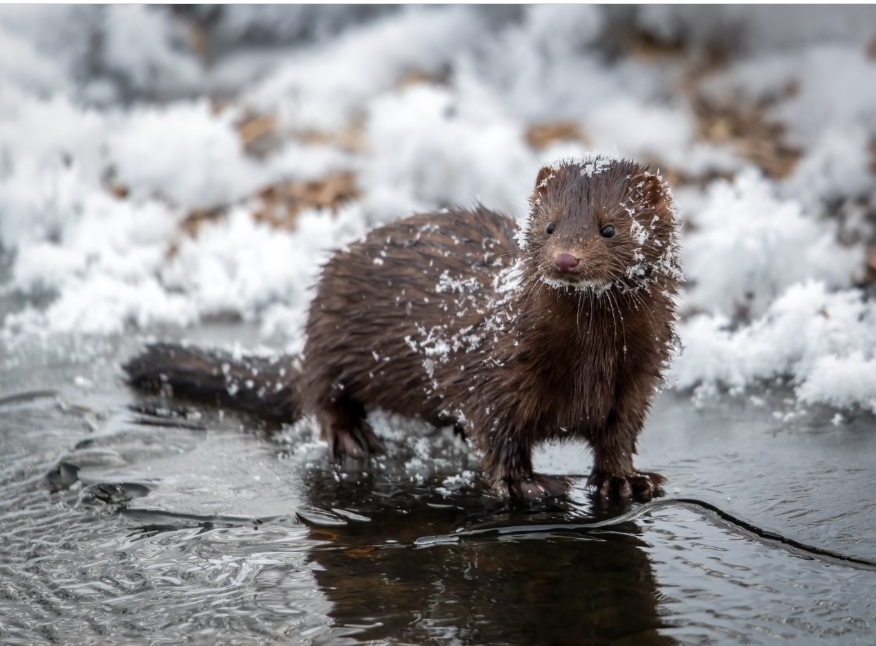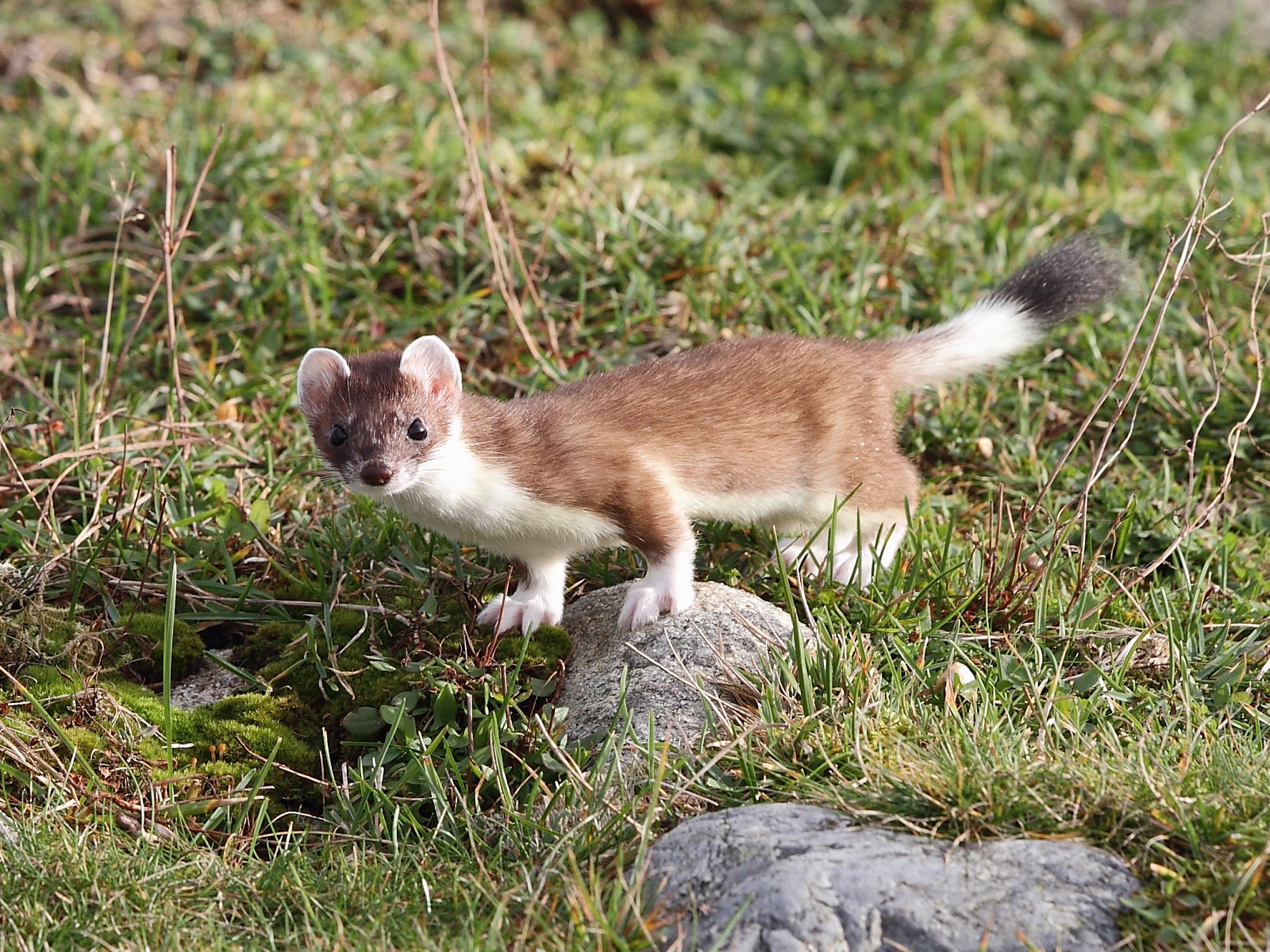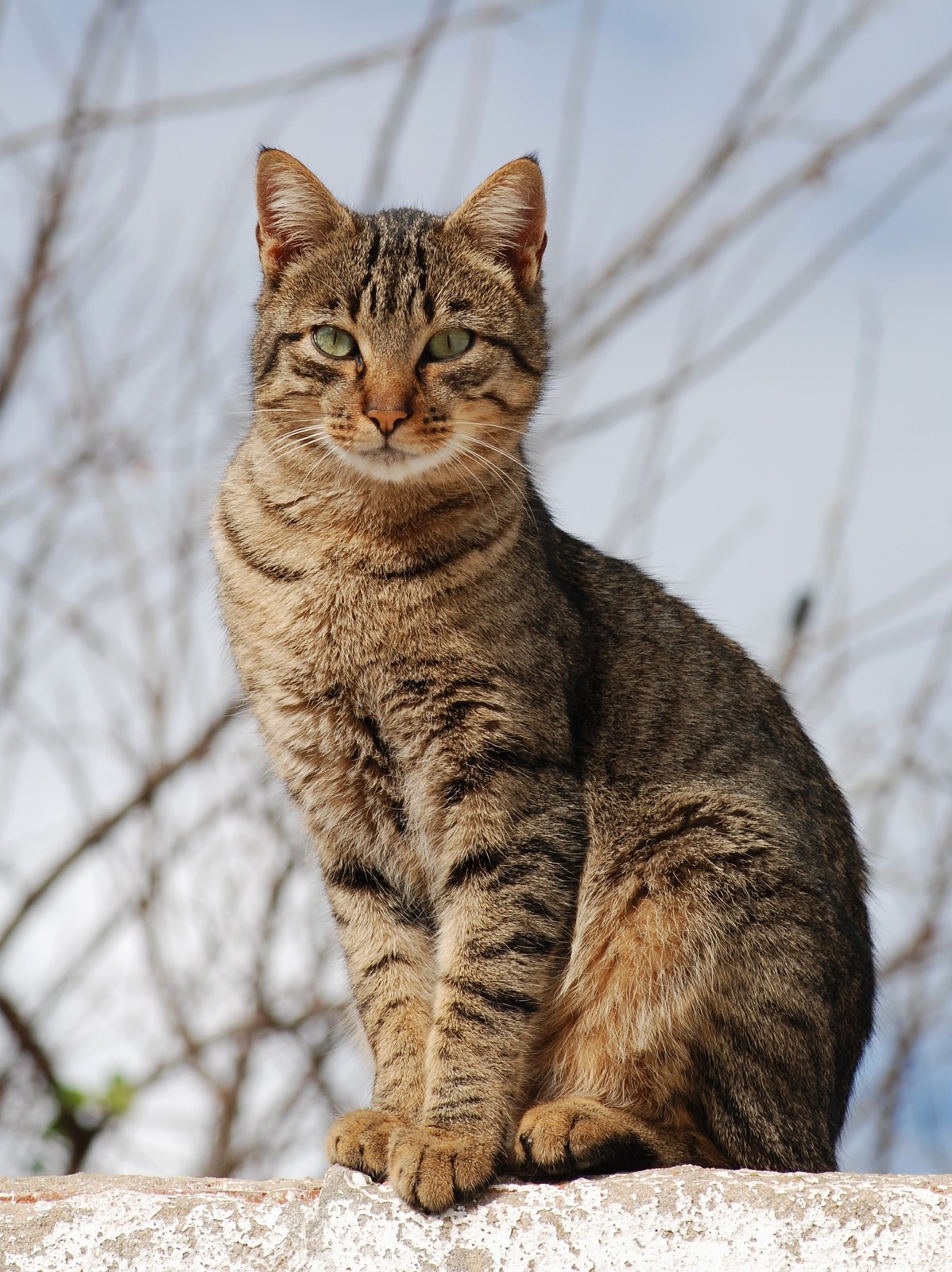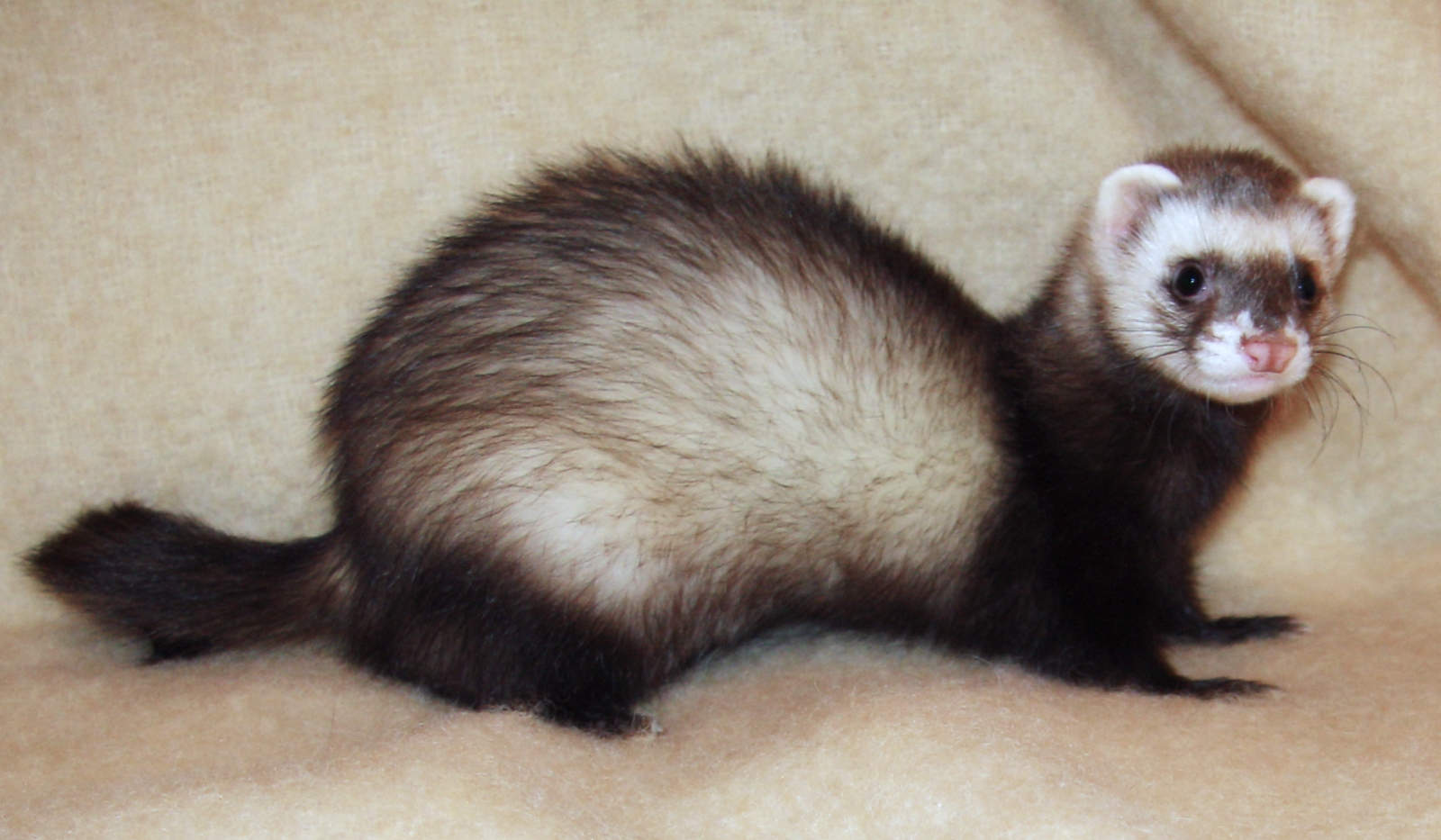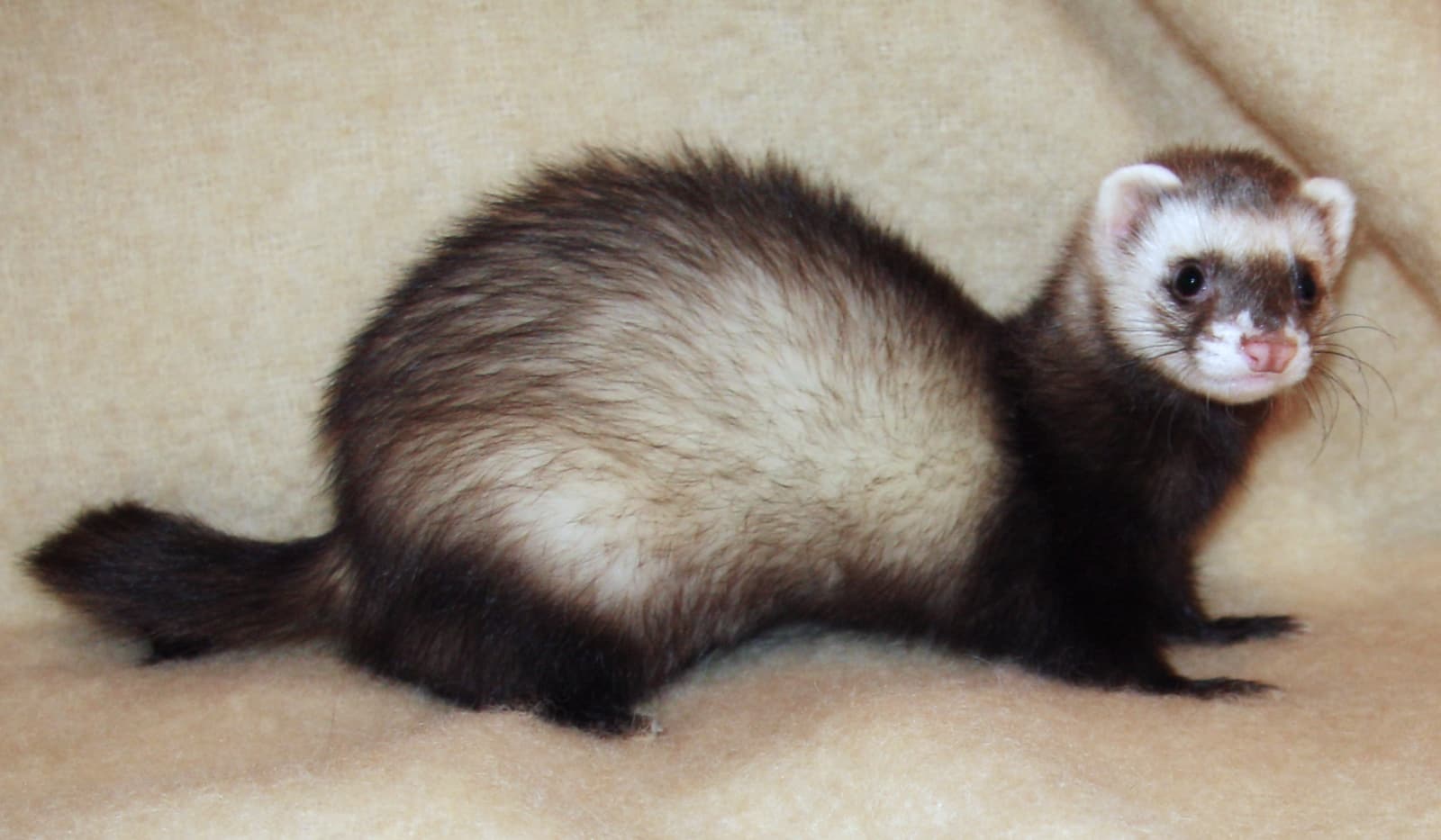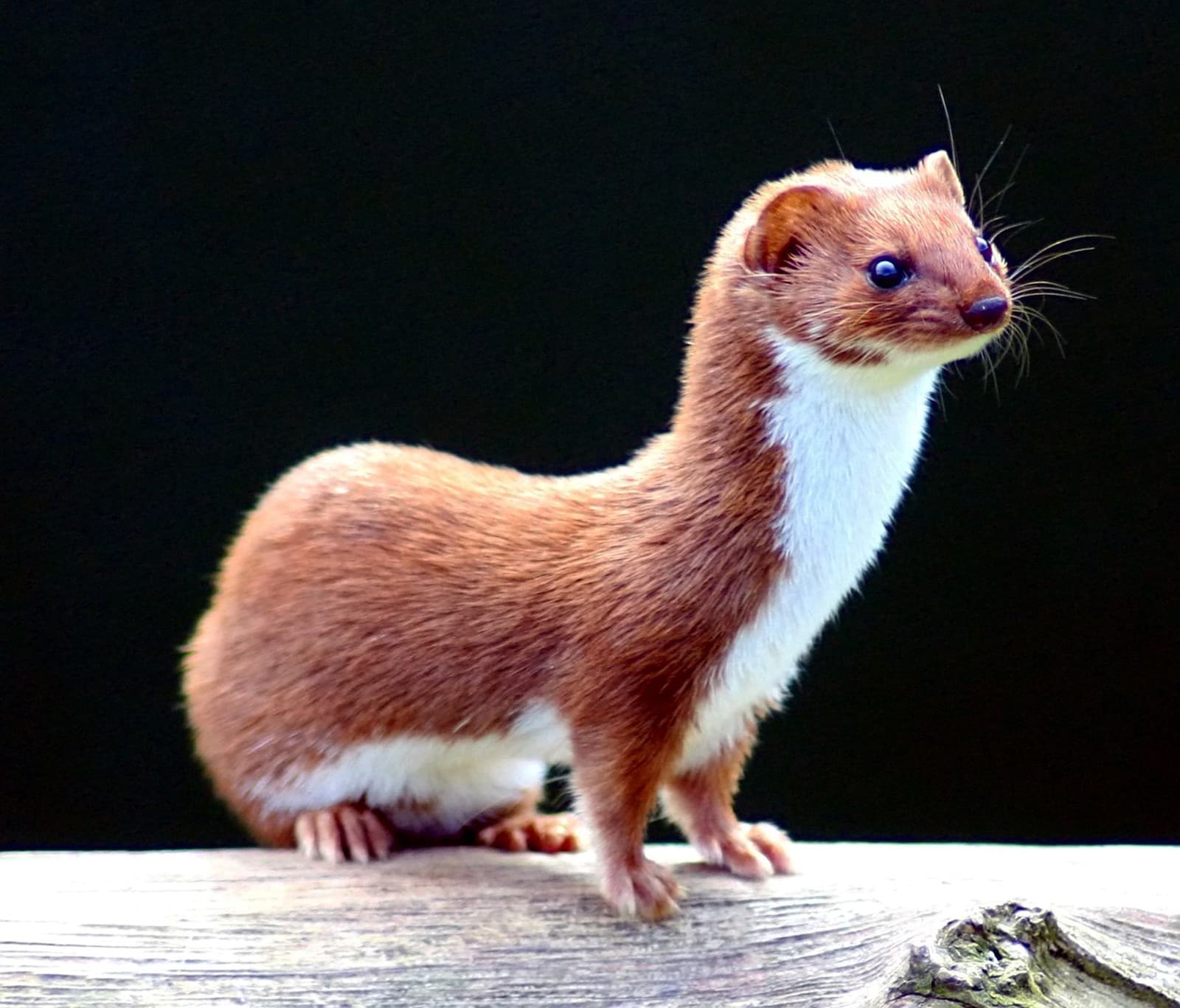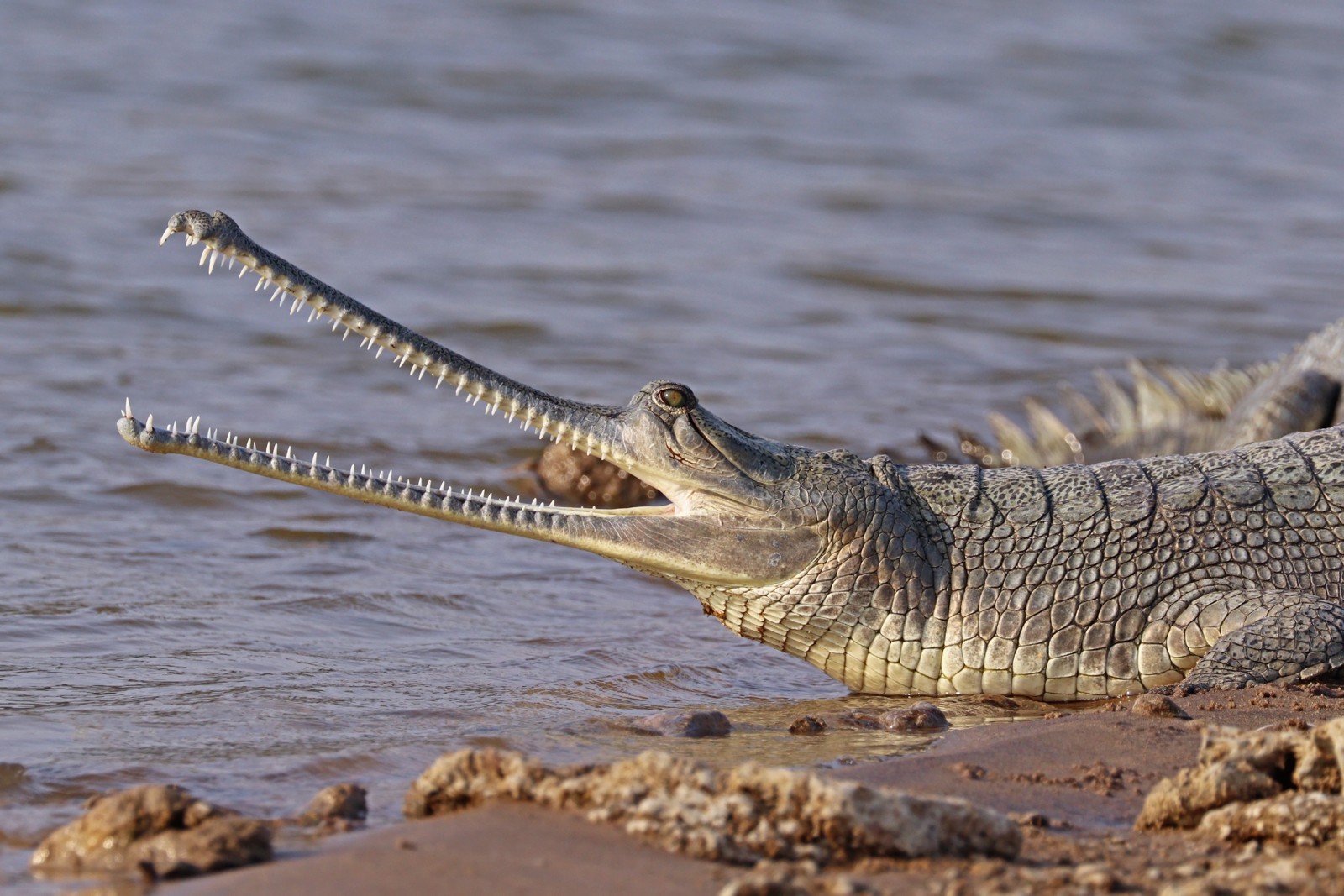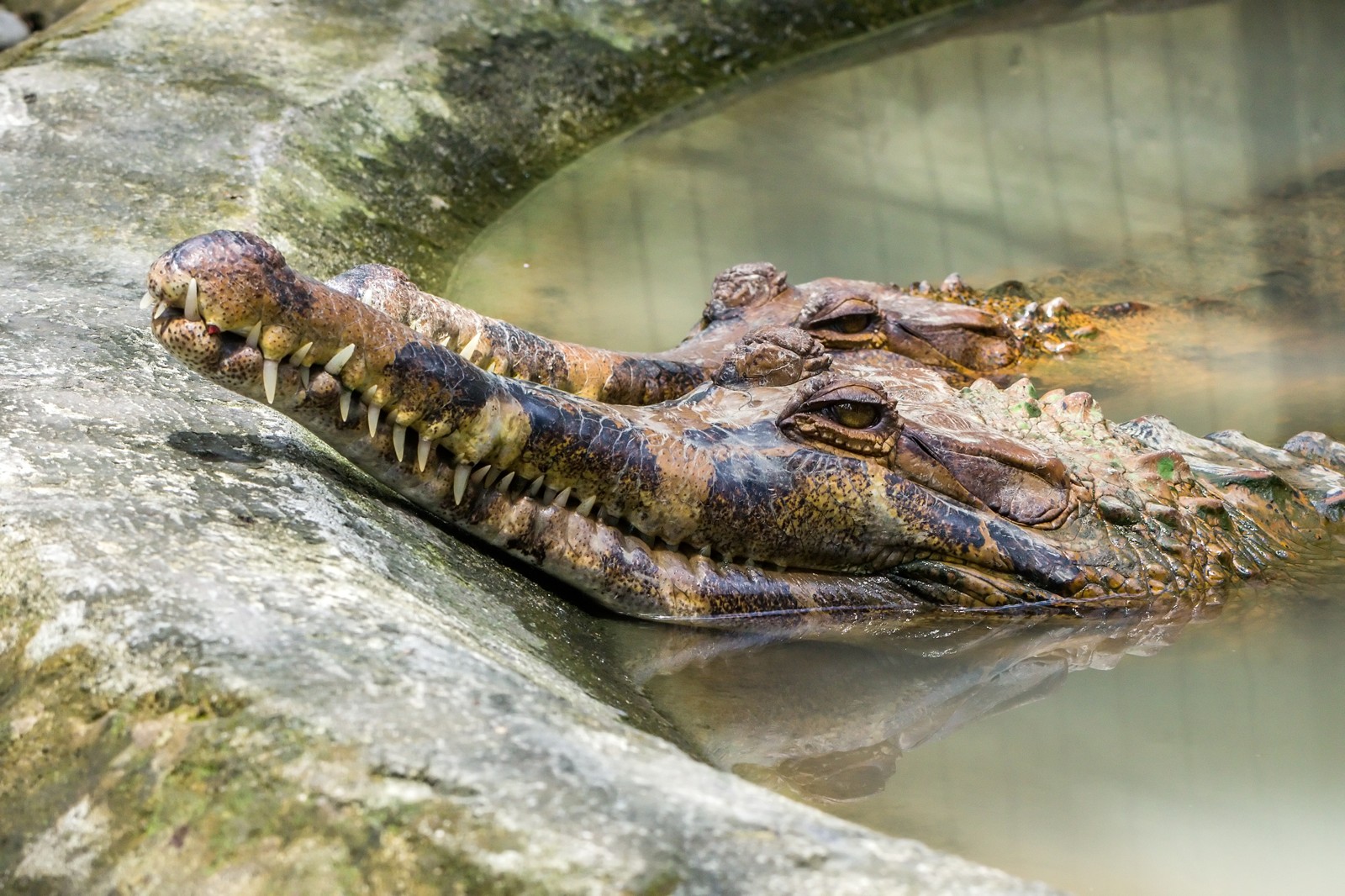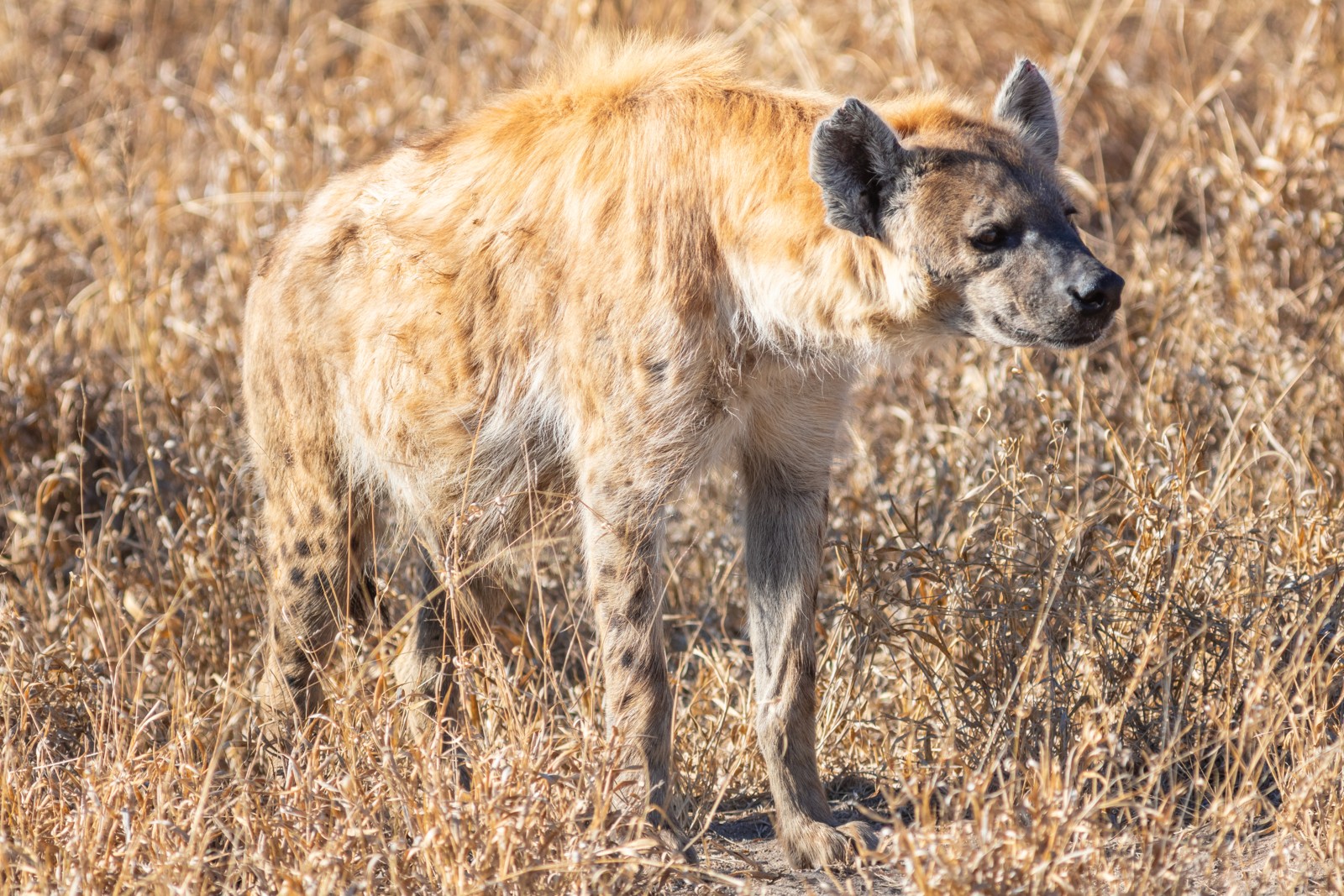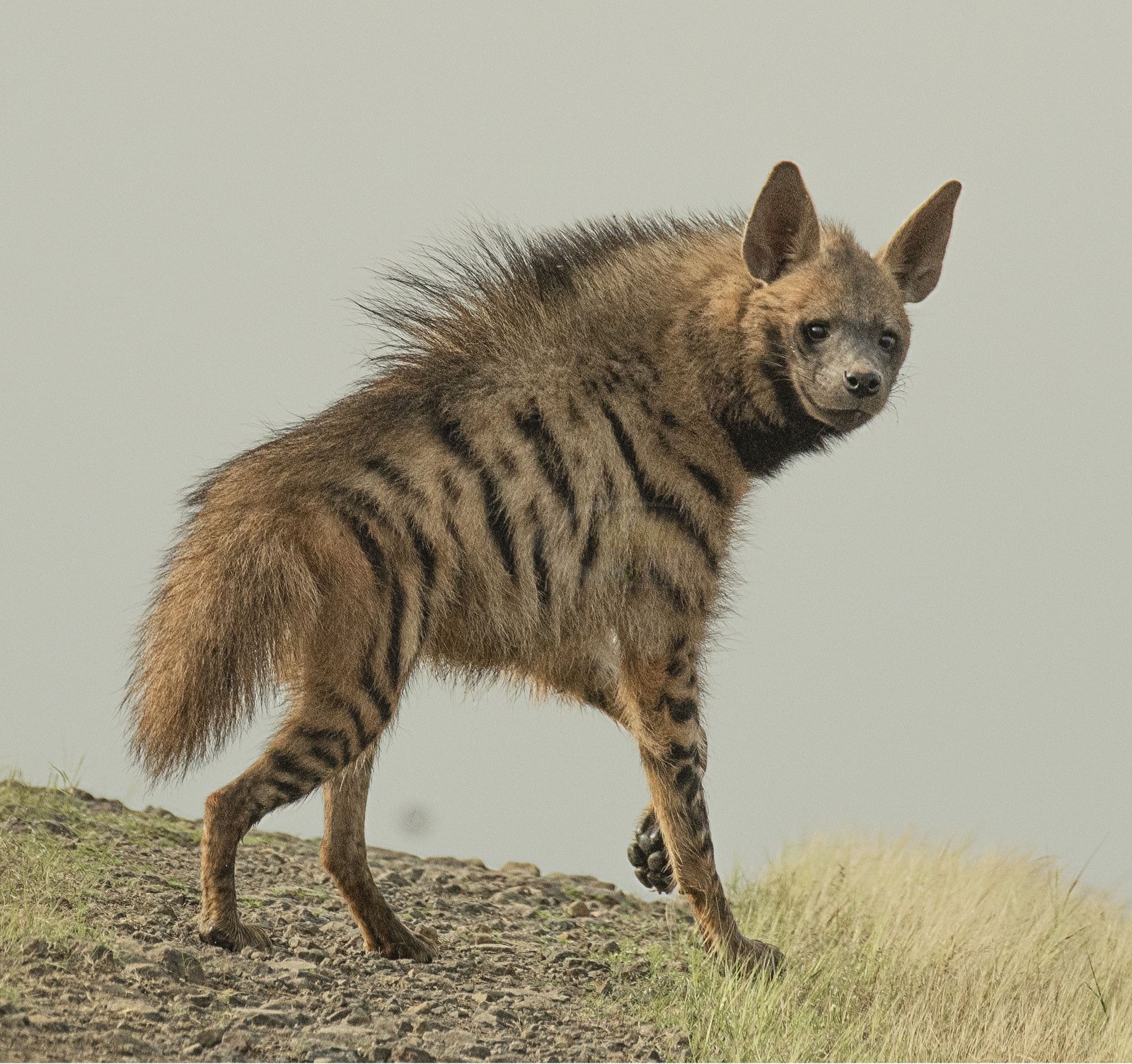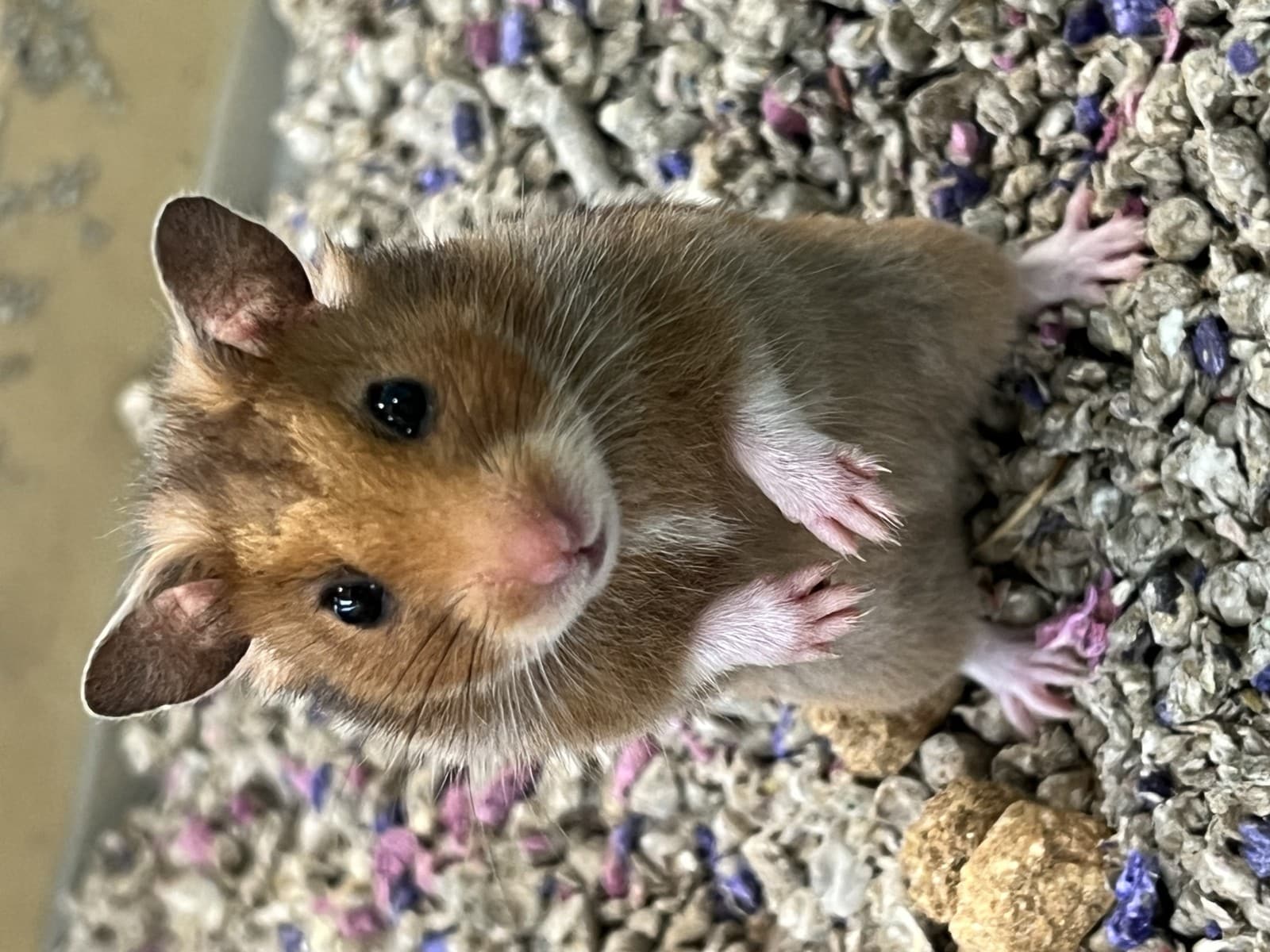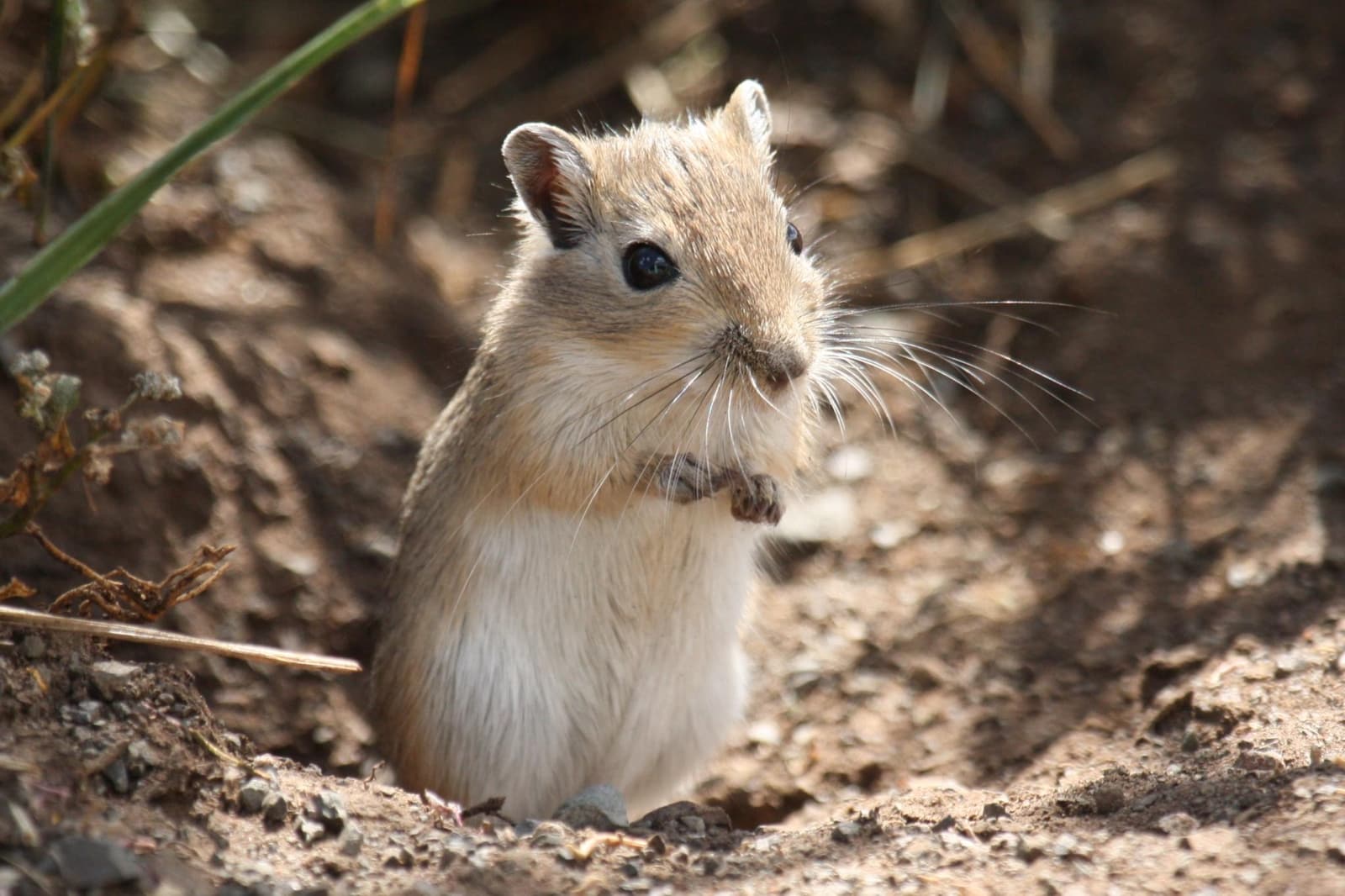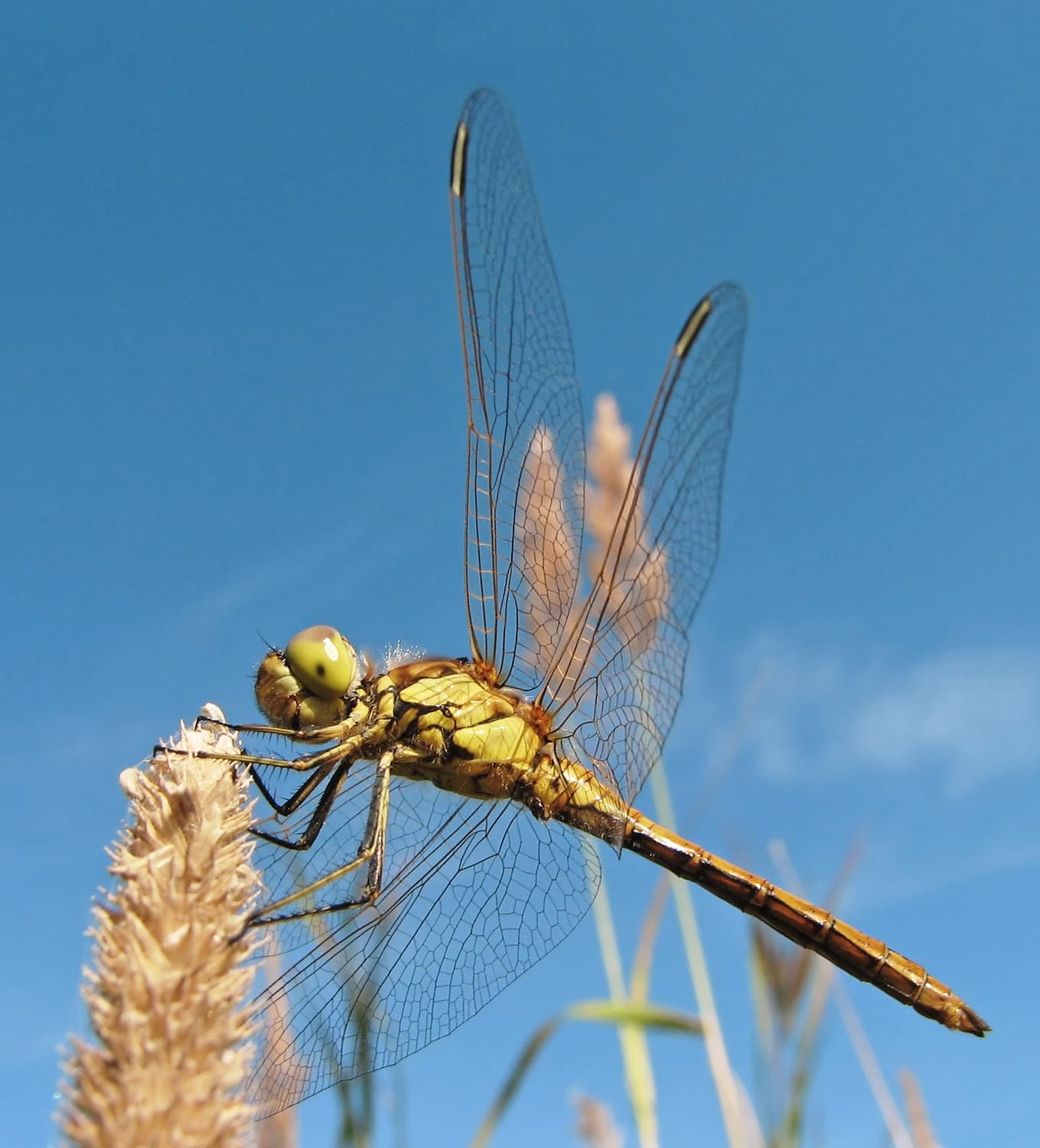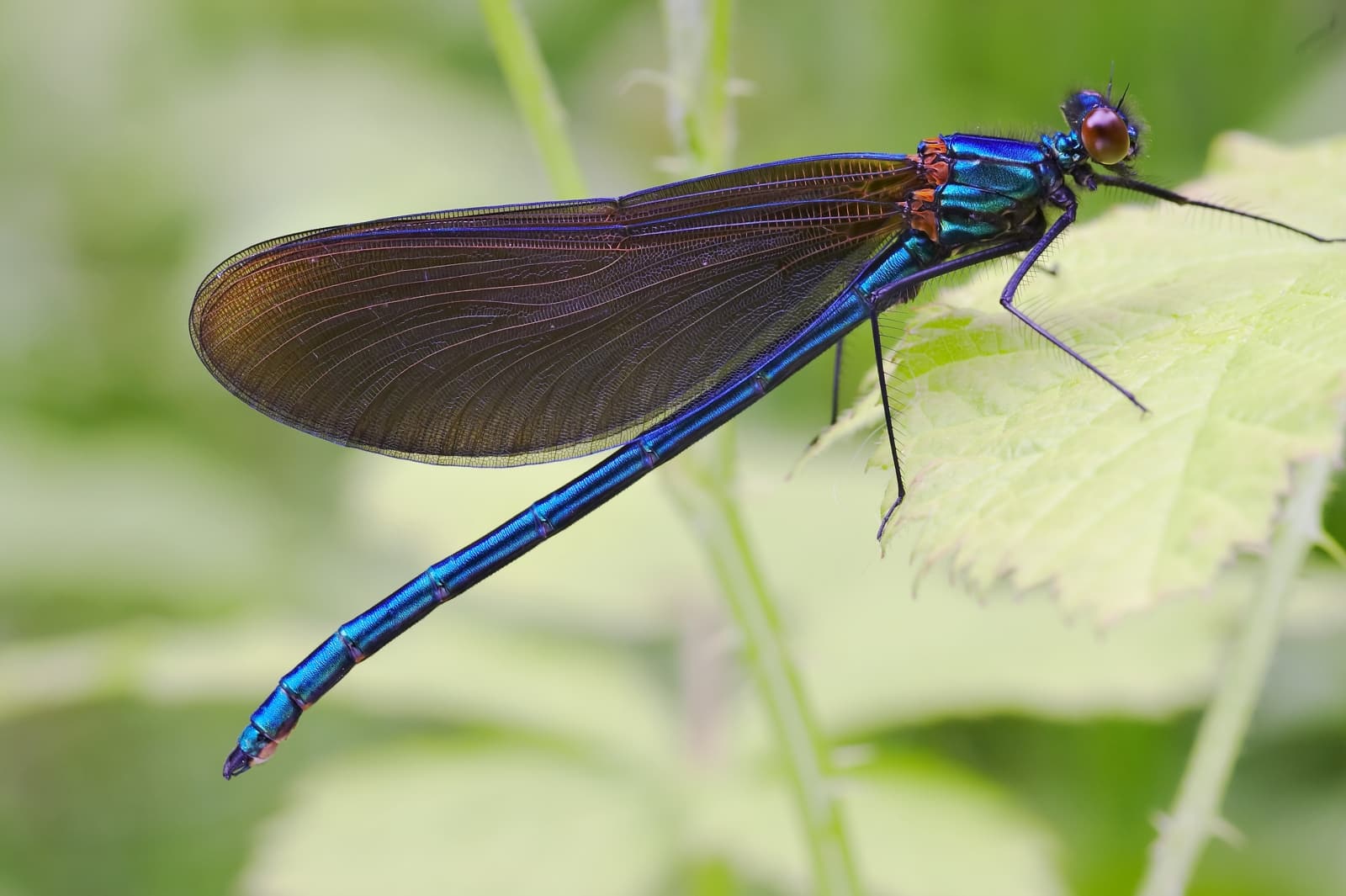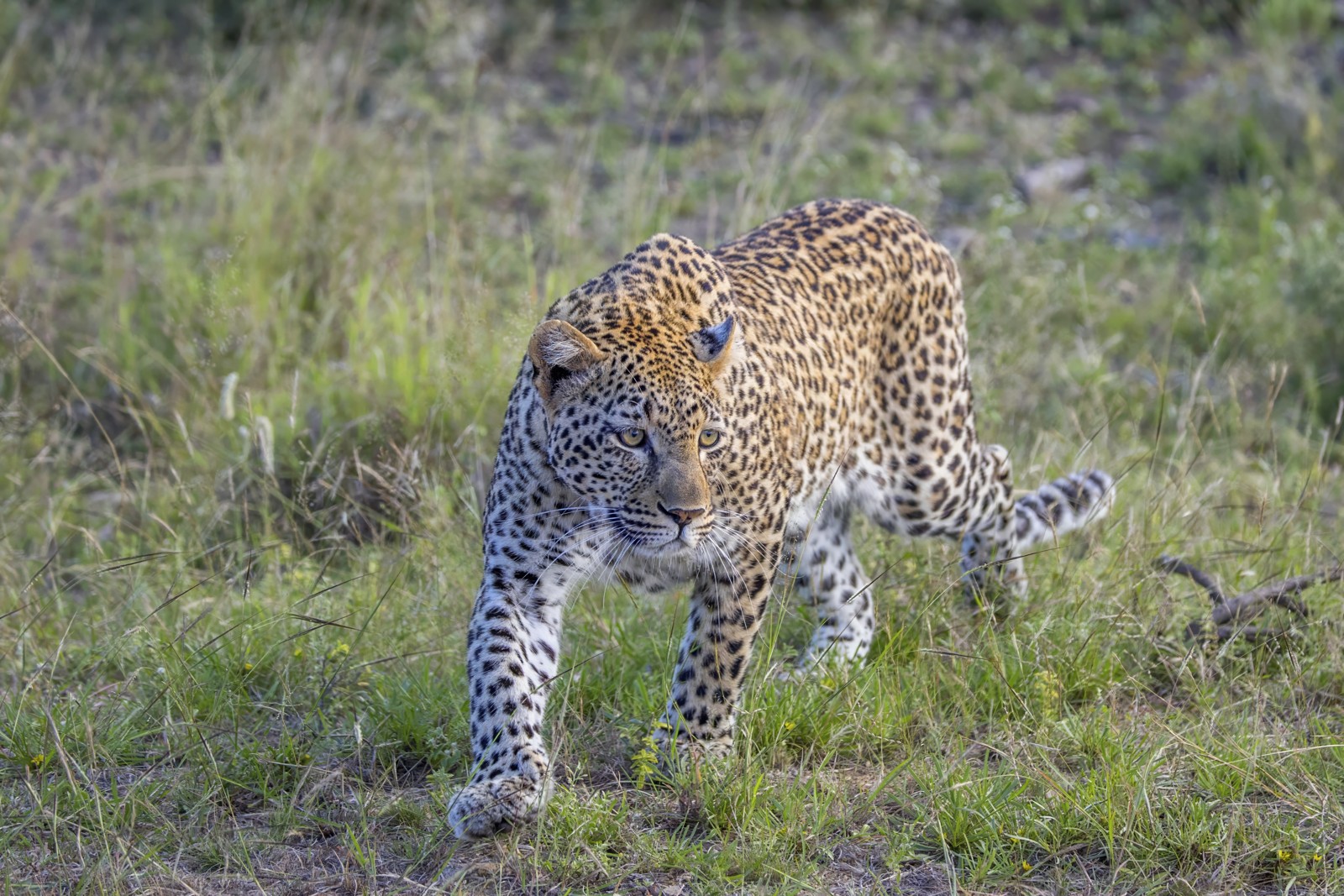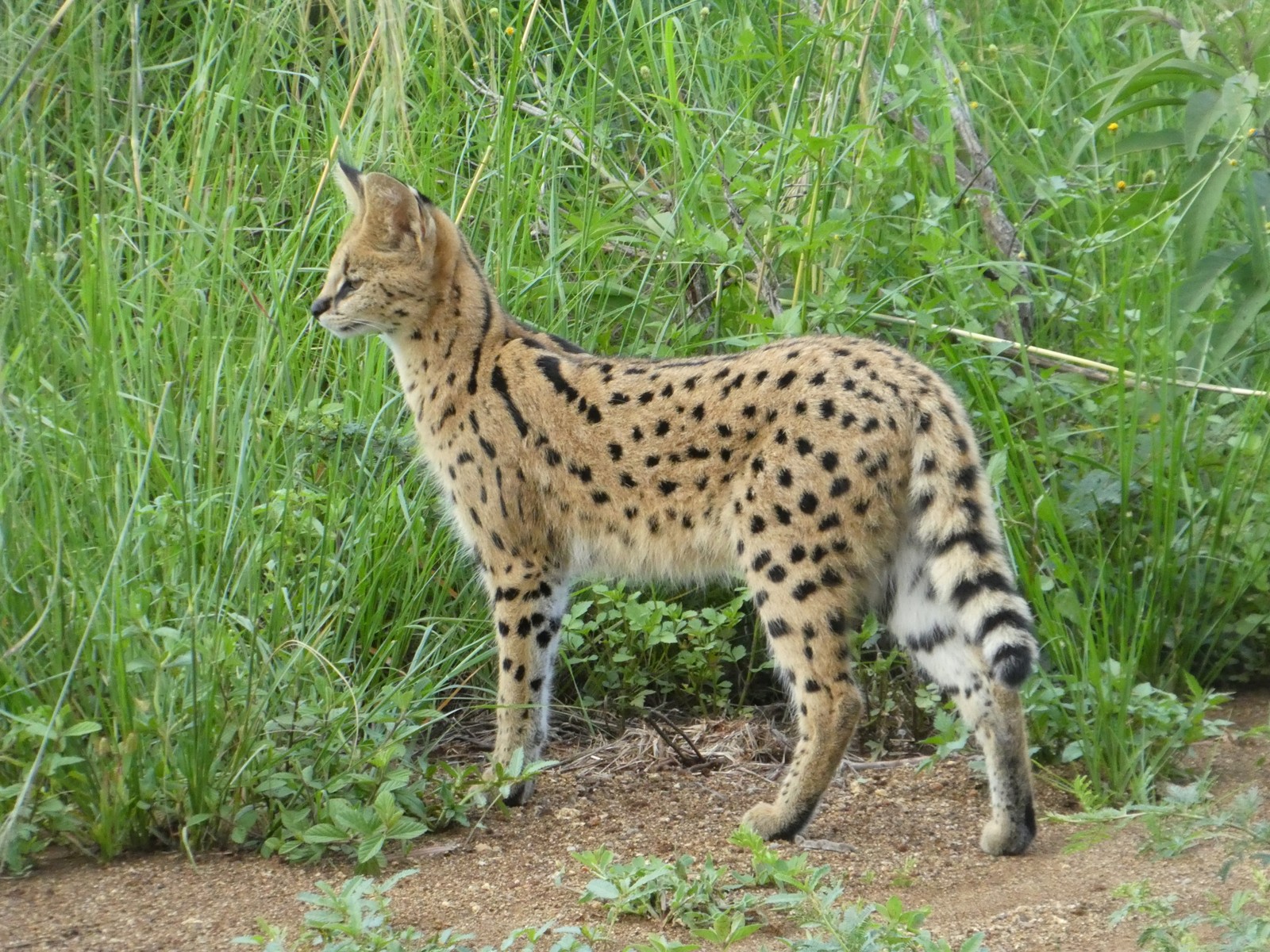Mink vs Ferret: A Complete Comparison
When comparing mink vs ferret, the key distinction lies in their natural history: minks are wild, semi-aquatic predators, while ferrets are domesticated companions descended from European polecats. American minks typically weigh 1.5-3.5 pounds (0.7-1.6 kg), while domestic ferrets are slightly smaller at 1.4-4.4 pounds (0.6-2 kg).
These mustelid cousins share a sleek, elongated body plan but have evolved for distinctly different lifestyles. Minks possess water-resistant fur and partially webbed feet for aquatic hunting, while ferrets retain the terrestrial adaptations of their polecat ancestors, suited for pursuing prey through burrows and tunnels.
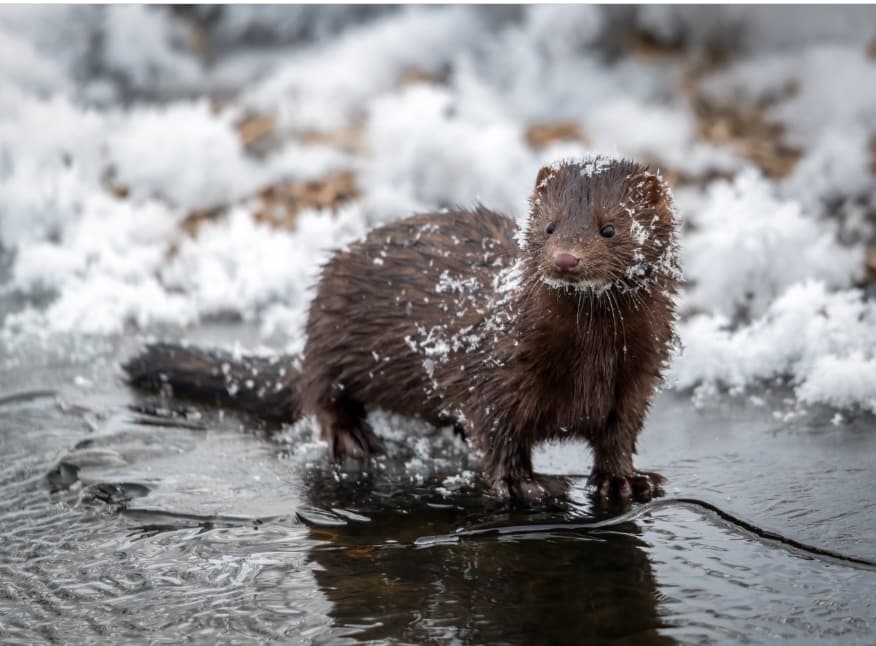
The American mink displays its characteristic water-resistant dark brown coat, perfectly adapted for hunting both in water and on land. Note the compact, muscular build typical of wild minks compared to their domestic ferret cousins.
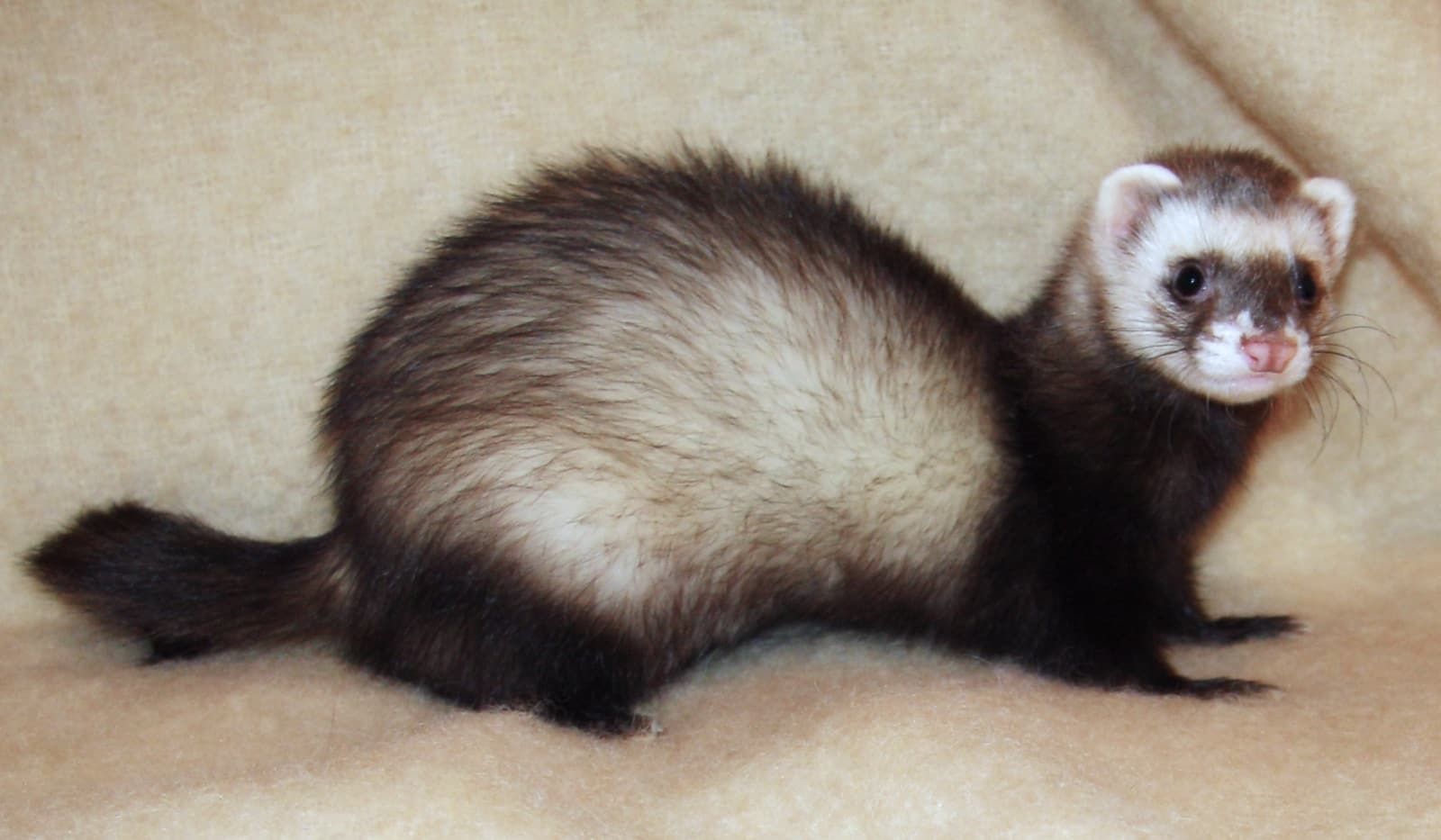
A domestic ferret showcases the typical sable coloration pattern, with its distinctive facial markings and lighter undercoat. The slender build and inquisitive expression are hallmark traits of these domesticated mustelids.
Key Differences: Mink vs Ferret
| Feature | Mink | Ferret |
|---|---|---|
| Natural Habitat | Rivers, lakes, coastal areas | Domesticated; originally grasslands |
| Fur Type | Dense, water-resistant, usually dark brown | Variable colors, softer, less water-resistant |
| Size | 19-28 inches (48-71 cm) | 20-24 inches (51-61 cm) |
| Weight | 1.5-3.5 lbs (0.7-1.6 kg) | 1.4-4.4 lbs (0.6-2 kg) |
| Lifespan | 3-4 years wild, 8-10 captive | 6-10 years domestic |
| Behavior | Solitary, territorial | Social, playful, dependent on humans |
Habitat and Lifestyle Differences
Minks are naturally adapted to life near water bodies, spending significant time swimming and diving for prey. Their territory can span up to 2.5 miles (4 km) of waterway. Ferrets, as domesticated animals, thrive in human homes and require careful environmental control, including temperatures between 60-80°F (15-27°C).
Hunting and Dietary Habits
Wild minks are accomplished hunters, capable of catching fish, crayfish, and waterfowl. They can pursue prey both underwater and on land, diving to depths of up to 16 feet (5 meters). Domestic ferrets, while retaining predatory instincts, rely on prepared foods and require a diet high in animal protein (30-40% protein content).
Intelligence and Training Comparison
Ferrets demonstrate higher trainability due to thousands of years of domestication, readily learning litter box habits and responding to basic commands. Minks remain wild animals with strong hunting instincts and typically cannot be domesticated, even when raised in captivity.
Health and Care Requirements
Domestic ferrets require regular veterinary care, vaccinations, and specific dietary considerations. Common health issues include:
- Adrenal disease
- Insulinoma
- Lymphoma
- Dental disease
Minks, being wild animals, face different health challenges:
- Parasitic infections
- Environmental toxins
- Territorial conflicts
- Aleutian disease (shared with ferrets)
Who Would Win in a Confrontation?
While both species are skilled predators, a wild mink typically has advantages in a potential conflict:
- Greater muscle mass relative to size
- More aggressive temperament
- Enhanced hunting experience
- Superior aquatic capabilities
However, such comparisons are purely academic, as these species rarely interact in nature, and responsible ownership means keeping domestic ferrets safely away from wild animals.
Conservation and Legal Status
American minks face challenges from:
- Habitat loss
- Water pollution
- Competition with introduced European mink
- Fur farming impacts
Ferrets require specific legal considerations:
- Illegal as pets in some regions
- Mandatory vaccination requirements
- Breeding restrictions in certain areas
- Registration requirements vary by location
Understanding these differences helps explain why minks remain wild predators while ferrets have become beloved pets. Their divergent evolutionary paths showcase nature’s adaptability and humanity’s influence on animal domestication.
